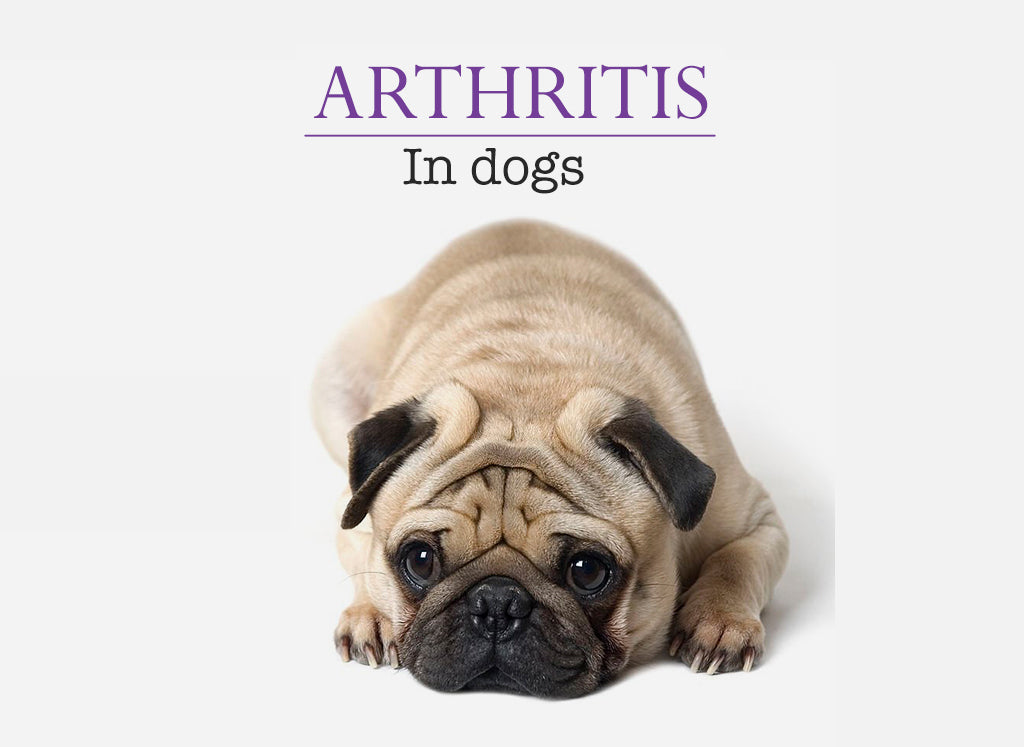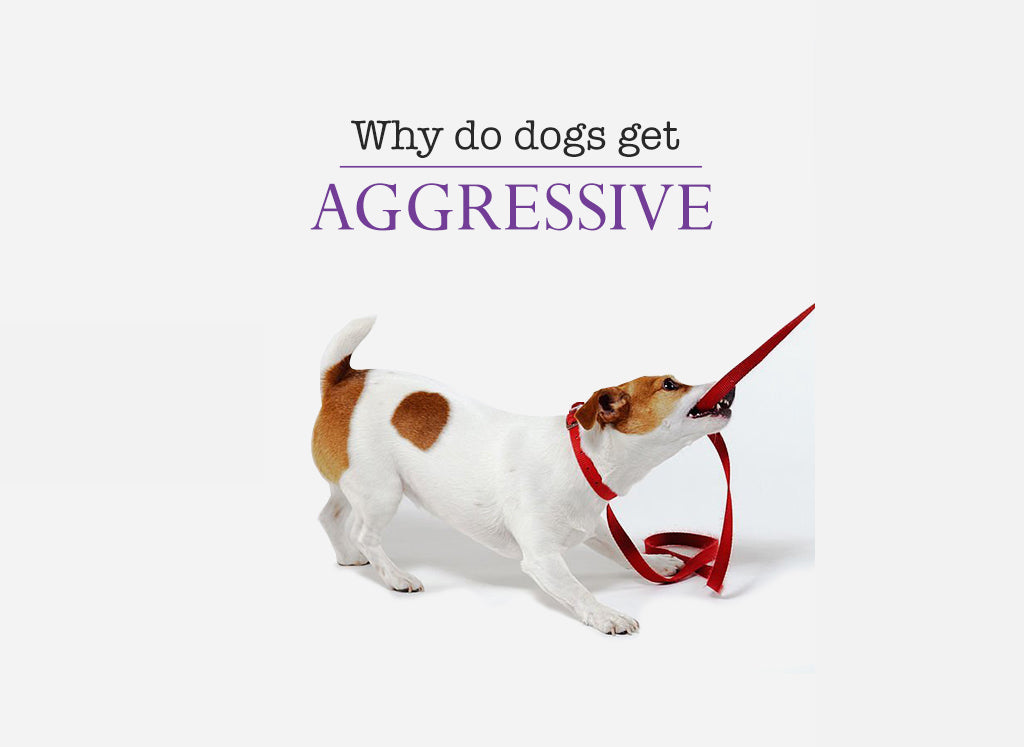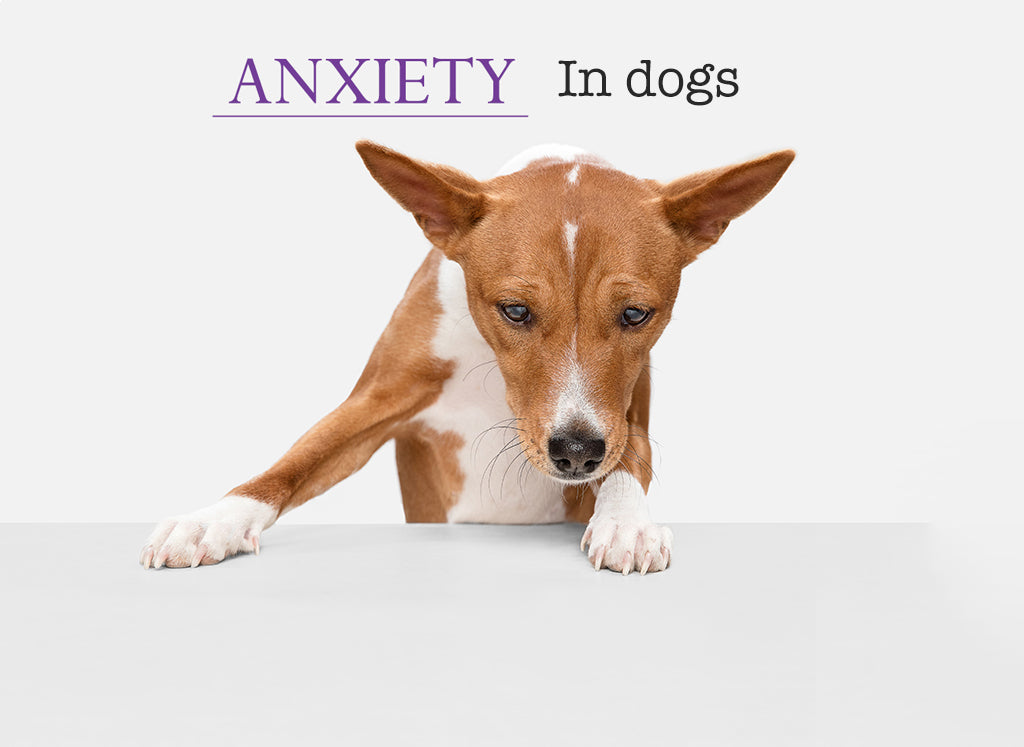
Arthritis in Dogs

What is arthritis?
Arthritis is an inflammation of the joints and is a common problem for many dogs, causing pain, discomfort and stiffness. In dogs with arthritis, cartilage within a joint (hip, elbow etc.) changes or becomes damaged, making it less smooth and causing the bones in the joint to rub together. This rubbing can be uncomfortable or painful and can damage to cartilage even more. As a direct result of this increased friction, new bone forms around the joint, making it stiffer and more difficult to move (known as degenerative joint disease).
What causes arthritis?
Arthritis is usually a problem in older dogs, but the condition can develop from an early age due to problems with bone and joint development. Depending on the cause, arthritis may affect one joint, or any number of your dog's joints. Most cases develop as a result of abnormal rubbing within the joint caused by:
*Joint instability (e.g. after ligament damage)
*Damage to or abnormal cartilage development
*Damage caused by trauma (e.g. fractures)
7 Common Signs of Arthritis
1. Reluctance to Move
You may notice that your dog is reluctant to do things that previously were not a problem for them.
Perhaps your pet used to dart into your vehicle the second the doors opened, and now seems indifferent. You may notice your dog has difficulty going up or down the stairs. Is your once playful pet no longer interested in running and playing? Maybe lagging behind on walks?
If you notice these changes in your pet, arthritis could be the culprit. Chances are, these once easy tasks are now painful due to swollen joints.
2. Limping/ Lameness
Depending on the joints that are affected, you may see your pet limping or favoring one or more legs over the others. If the spine is affected, your pet may even experience lameness in one or both hind legs.
Your dog may seem to experience pain or stiffness when getting up or down that seems to resolve after they have walked a bit and “warmed up.”
3. Yelping when Touched
Inflammation in the joints can cause the affected areas to be sensitive to touch.
If you notice your dog is rejecting your affection or cries out in pain when you do pet them, it could be that you have located the problem area.
4. Irritability
Has your once lovely pup seemed to turn into a grumpy old man?
If you were in constant pain when moving, it is likely you would have a shorter fuse, too. The same goes for your dog. They may snap or bite when someone tries to touch them, particularly if you are handling them in a way that worsens the pain.
5. Changing Behavior
Often, dogs in pain don’t want to be bothered. Your pet may spend more time in quiet areas of the house, or stop following you around. Their schedule may change and you find they aren’t right there for a routine walk or play time.
6. Licking, Chewing, & Biting
It is not uncommon for an arthritic pet to pay special attention to painful joints. You may notice them licking or chewing on or more spots often, even to the point of hair loss and inflamed skin in the area.
7. Tiredness
Pain is exhausting!
If it is uncomfortable for your pet to move around, they will not want to walk as far or play. Instead they may spend more time resting or sleeping.


